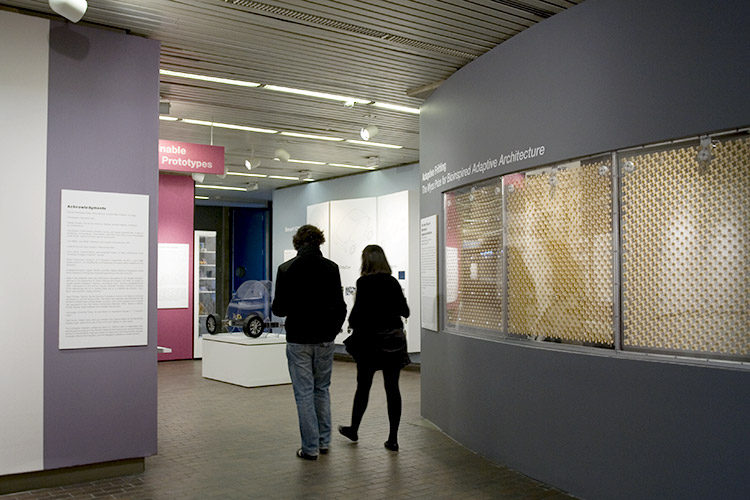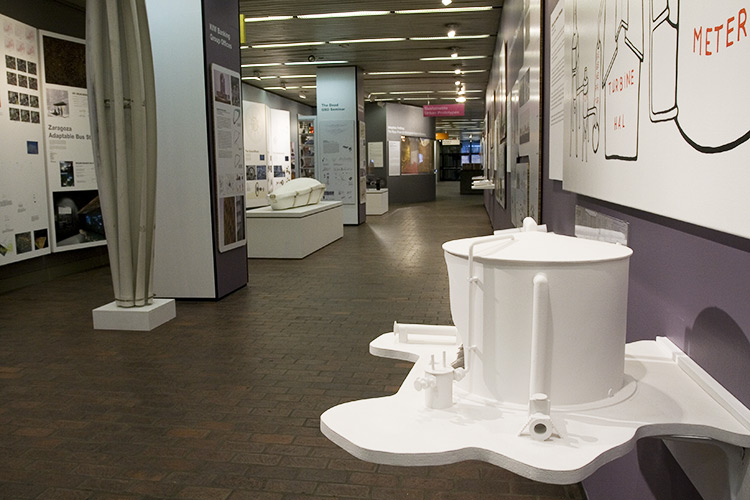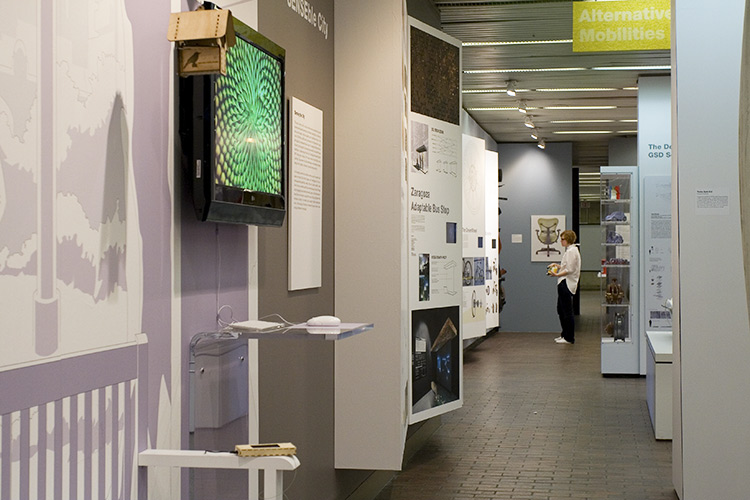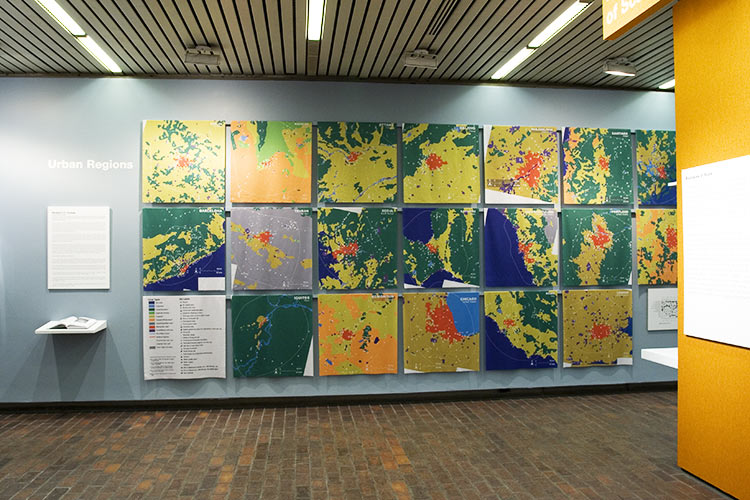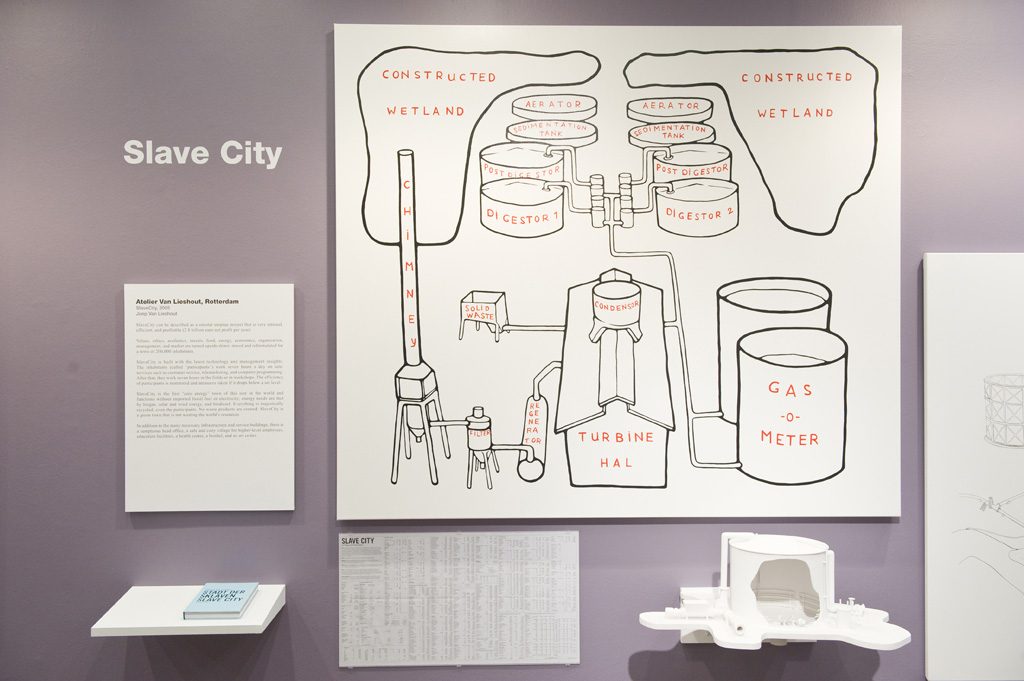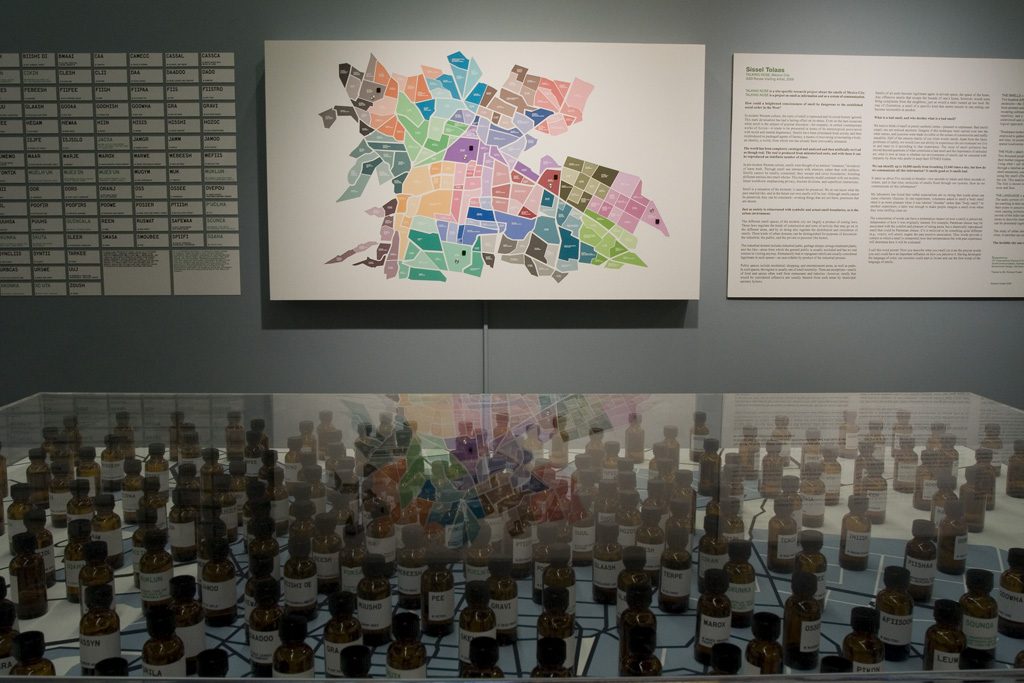Ecological Urbanism
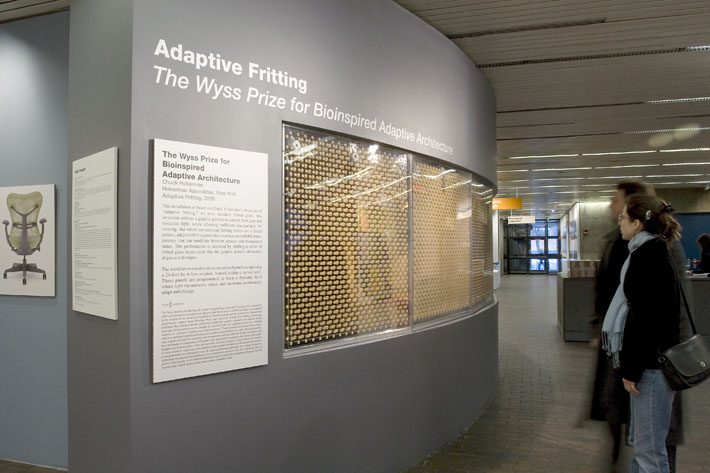
The contemporary urban environment is facilitated by ecologies that exceed the city’s physical and political limits, reaching into hinterlands and beyond. Urbanism is also made up of many smaller pieces—a mosaic, as Richard T.T. Forman describes urban as well as rural landscapes—between which the boundaries are increasingly blurred. Urbanism is clearly no longer the sole domain of cities, and an ecological approach requires interventions at the level of the individual mosaic piece as well as on the larger regional patterns.
Ecological urbanism is fluid in scale, and it is also fluid in its disciplinary approach. It is both quantitative and qualitative. It is a science and an art. But ecological urbanism is more than a positioning of seeming opposites. Ecology and urbanism both deal with the interrelationships of parts to their context. Ecologies other than the environmental and technological are increasingly relevant for design, including, in Félix Guattari’s formulation, the social, the mental, and the environmental ecologies. In the world of the future, will even more ecologies need to be factored into design and planning?
No one image effectively represents ecological urbanism, and no single statement can, or should, define it. This exhibition is not a comprehensive survey, but a first glance at what ecological urbanism is and might be. Taking a holistic, integrated, and sensual approach, ecological urbanism is not fixed within any one aesthetic: it is eco, it is logical, and sometimes it is simultaneously illogical. Ecological urbanism addresses urbanism without a specific set of instruments (for now), yet design provides the synthetic key to connect ecologies into an urbanism that is not in contradiction with its environment, whatever and wherever that environment may be.
Curated by
Gareth Doherty, Doctor of Design candidate at the GSD, with the participants in the Fall 2008 cross-departmental seminar “Curating Ecological Urbanism,” under the guidance of Dean Mohsen Mostafavi: Abdulatif Almishari, M.Arch.II; Adi Assif, M.Arch. II; Peter Christensen, M.Des.S. A.P.; Elizabeth Christoforetti, M.Arch. I; Suzanne Ernst-Zathureczky, M.L.A. II; Anna Font, M.Arch. II; Melissa Guerrero, M.L.A. I; Caitlin Swaim, M.Arch. I; Aylin Brigitte Yildrim, D.Des.
The Wyss Prize for Bioinspired Adaptive Architecture at Harvard University
